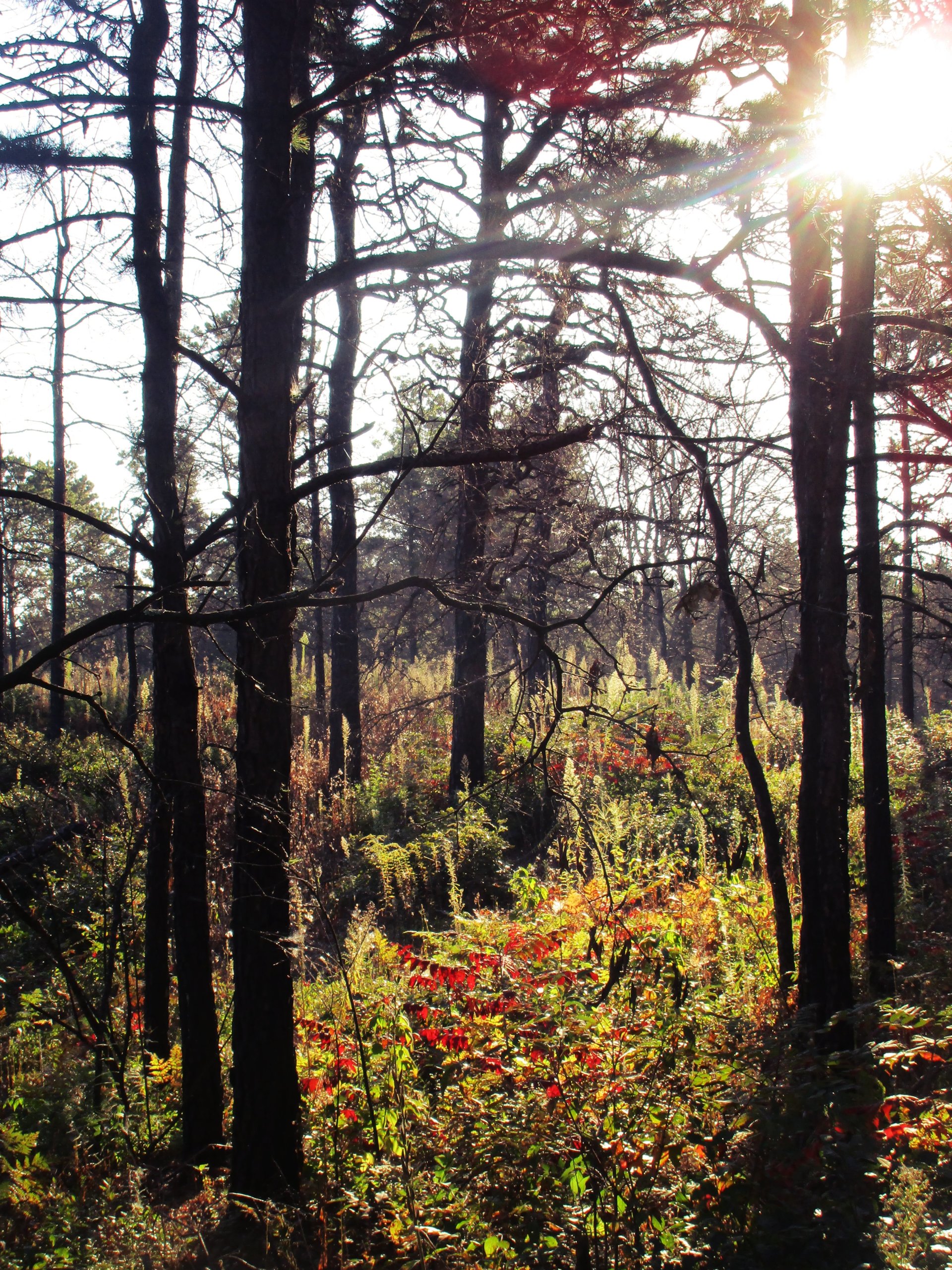by Lynne Jackson
ALBANY: The First Presbyterian Church was the setting for the July Save the Pine Bush vegetarian/vegan lasagna dinner. Dina Cappiello, environmental reporter for the Hearst-owned Times Union regaled the diners with passionate tales of what it is like to be one of the 50 full-time environmental reporters in the country.
Educated in science and journalism at Columbia University, Cappiello has beencovering the environmental beat at the Times Union for the past three years. By her own admission, Cappiello says she was born in 1973 as an environmentalist. One of her first assignments at the Times Union was to cover the history of the environmental movement in the Capital Region. It was through this assignment that she met many of the prominent environmentalists in the region, including Lou Ismay, Rezsin Adams and John Wolcott.
Environmental issues arouse passionate emotions on all sides. There is anorganization or group to represent every side to the issue. Because environmental issues arouse such emotions, Cappiello believes it is extremely important to report stories which tell readers how people get to one side or another. On TV, these complex environmental issues are covered in two minutes, which does not allow the time to explain the reasons behind the sides.
“People have to understand issues in order for them to make informed decisions.” said Cappiello.
For her job, Cappiello has visited a cave with 40,000 bats (this experience gother over her fear of bats), traveled two miles into the earth under Cayuga Lake into a salt mine, was awaken at 2:00 AM in her pajamas to see salamanders breeding, and flew to Louisiana to see a cutter-head dredge in action (the dredge proposed for removing PCBs from the Hudson).
Cappiello believes her job is to translate the issue into a story that public wantsto read to the end. Her interest in the environment began because she wanted to understand how things worked. She wants to report changes in the natural world that affect people’s lives.
Her first issue at the Times Union was to write about the dredging the Hudsonfor PCBs — an issue that has been going on longer than she has been alive. She was sent to review the GE computer model. She realized that though articles had been written for years, people still didn’t know what PCBs were or why they are dangerous. She was careful to explain what PCBs are and the issue of dredging the Hudson in her extensive articles about the issue. To write her articles, she went to Buffalo to see the landfill where the sludge from the Hudson will go and visited Louisiana where no one cares that dredging goes on 365 days a year.
Asked by a member of the audience why the radical right-wing corporateHearst-owned Times Union has a full-time environmental reporter, Cappiello said that reader’s polls show that the top three topics readers are interested in are the state, health, and the environment. Her articles have won prizes, which gives prestige to the Times Union. Asked how activists can have better coverage of their issues, Cappiello said the best thing to do is the barrage the editors with letters (write to Joann Croupi at jcroupi@timesunion.com).
To the audience, it was clear that Cappiello’s enthusiasm for science andfairness, and her unending energy and unwillingness to compromise her principles has a lot to do with her excellence as a reporter and her longevity at the Times Union.
Printed in the August 2002 Newsletter
